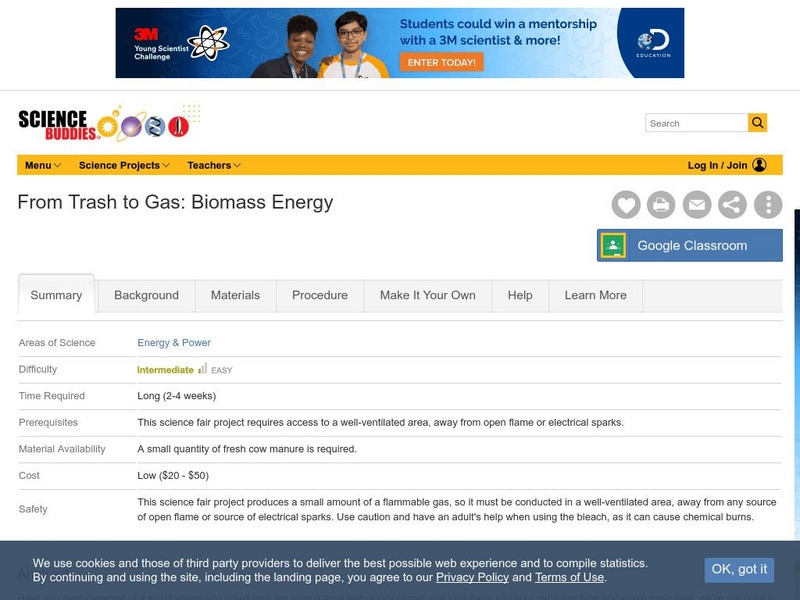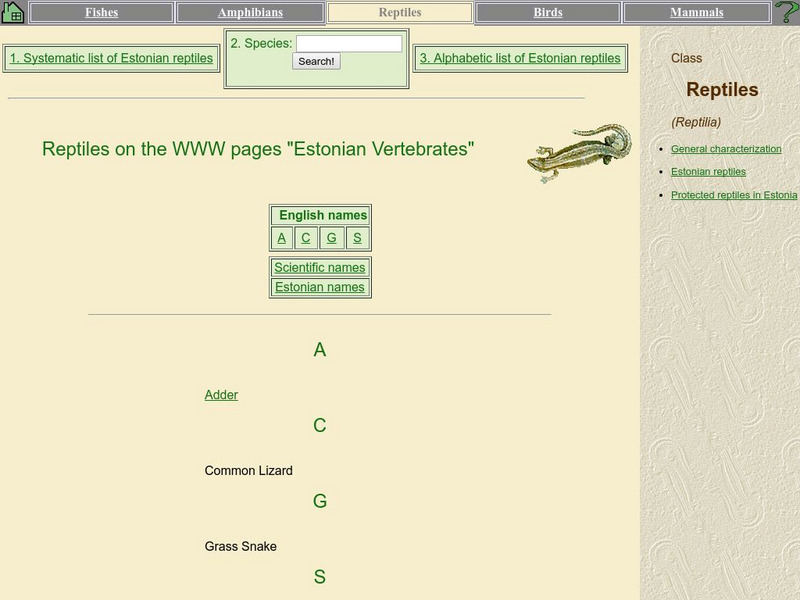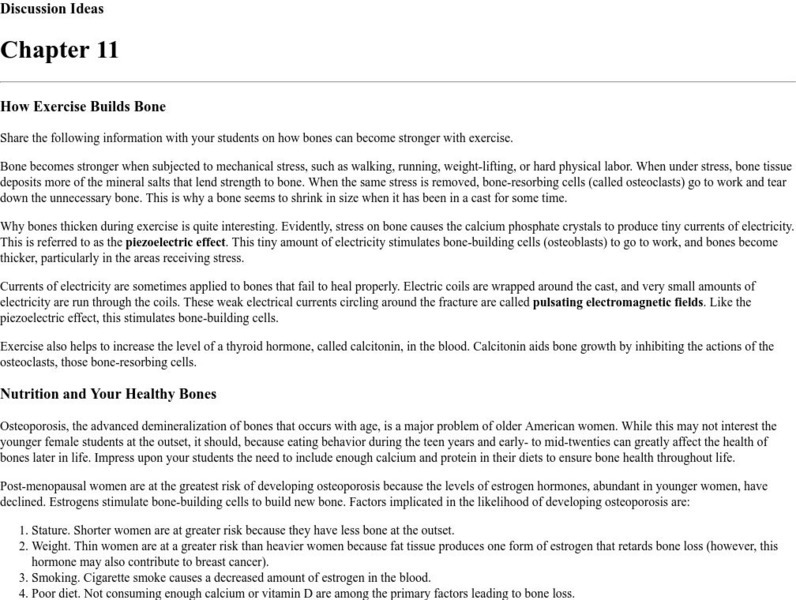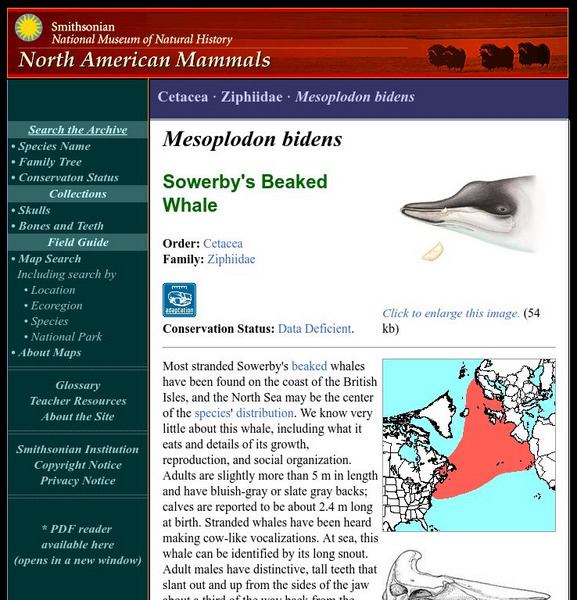Science Buddies
Science Buddies: From Trash to Gas: Biomass Energy
Have you ever dreamed of a world where you could take the scraps from last night's dinner and toss them into your car's fuel tank and make gas? Well, we're not quite in "Back to the Future" yet, but in this energy science fair project,...
TeachEngineering
Teach Engineering: Sugar Spill!
In this activity, students act as environmental engineers involved with the clean up of a toxic spill. Using bioremediation as the process, students select which bacteria they will use to eat up the pollutant spilled. Students learn how...
Other
Grace Communications: Food Print
An environmentally conscious group brings to light the relationship between food, water and energy, and the importance of sustainability. The site looks at issues such as animal welfare, social justices, food policy, the industrial food...
CK-12 Foundation
Ck 12: Life Science: Food Chains and Food Webs: Food Webs
[Free Registration/Login may be required to access all resource tools.] Energy must constantly flow through an ecosystem for the system to remain stable. What exactly does this mean? Essentially, it means that organisms must eat other...
Other
College of Du Page: Energy in an Ecosystem
Ecosystems contain two kinds of commodities: matter (nutrients) and energy. Nutrients cycle through the ecosystem, available for repeated use by organisms. These cycles of use and reuse are called biogeochemical cycles. Energy instead is...
CK-12 Foundation
Ck 12: Life Science: Human Digestive System
[Free Registration/Login may be required to access all resource tools.] Nutrients in the foods you eat are needed by the cells of your body. How do the nutrients in foods get to your body cells? What organs and processes break down the...
CK-12 Foundation
Ck 12: Life Science: Cartilaginous Fish
[Free Registration/Login may be required to access all resource tools.] Cartilaginous fish range in size from the dwarf lanternshark, at 6.3 inches, to the 50-foot whale shark. These fish have a jaw and evolved from the jawless fish....
Other
Sun Site: General Characteristics of Reptiles
This site explains what reptiles are, where they live, what they look like, how they move, how they breathe, what they eat, what their sense organs are, and how they reproduce.
CK-12 Foundation
Ck 12: Life Science: Flow of Energy
[Free Registration/Login may be required to access all resource tools.] When an herbivore eats a plant, the energy in the plant tissues is used by the herbivore. Every time energy is transferred from one organism to another, there is a...
Stanford University
Stanford University: Sea Urchin Natural History
Stanford University offers an excellent review of the biology and ecology of sea urchins. After reading the text, try the reproduction/survival game!
McGraw Hill
Oregon State University: How Exercise Builds Bones
Here, at this site from the Oregon State University's Organic Chemistry Online Learning Center, are some discussion topics on diseases and disorders, like osteoporosis that affect bones. Here, you can read the information on how to avoid...
Ducksters
Ducksters: Biology for Kids: Protists
On this site, investigate the organisms called protists in the science of biology including types, what they eat, algae, slime molds, and amoebas.
Smithsonian Institution
National Museum of Natural History: American Mammals: Sowerby's Beaked Whale
Most stranded Sowerby's beaked whales have been found on the coast of the British Isles, and the North Sea may be the center of the species' distribution. We know very little about this whale, including what it eats and details of its...
PBS
Nh Pbs: Nature Works: Ecosystems
How would you define an ecosystem? Check out this educational resource to learn more about the living and nonliving parts of different ecosystems.












